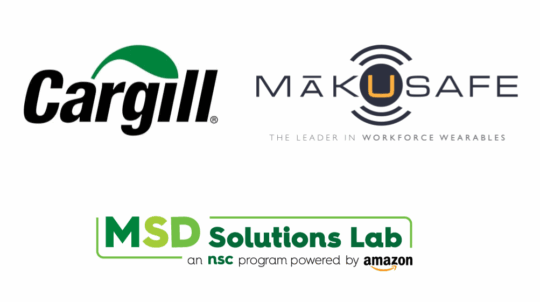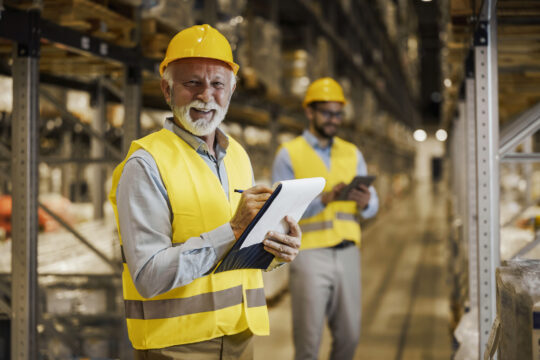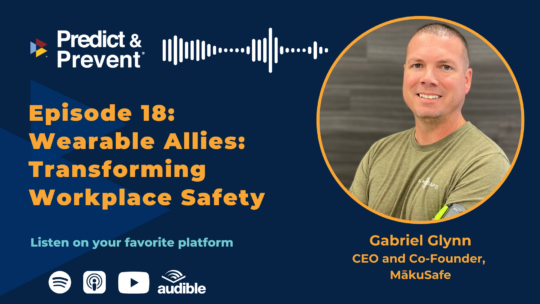National Safety Month: Psychological Safety
June 15, 2021
How Psychological Safety Can Impact Near-Miss Capture
A worker is carrying a box back to his work station and slides across the floor nearly losing his balance and falling into a nearby workstation. His face becomes immediately flushed as he looks around to see if anyone caught his almost-fall. As he continues back to his work station, he glances back at the slippery spot in the floor and decides not to say anything. He just can’t risk his manager scolding him in front of his co-workers and if he reports the hazard and slip, he risks ruining the zero incidents record he and his coworkers are about to be rewarded for. He doesn’t feel completely safe in sharing what just happened to him.
*When safety pros ask workers to speak up about unsafe conditions or to step in when a co-worker is engaging in risky behaviors, they might not understand the emotional stakes involved, notes Rosa Antonia Carrillo, president of safety consultancy Carrillo and Associates and author of the book “The Relationship Factor in Safety Leadership: Achieving Success through Employee Engagement.”
“Interaction is one of the riskiest endeavors a human being can engage in,” Carrillo said, “because every time you interact, you stand the possibility of being humiliated or rejected.”
To feel psychologically safe, workers need to feel as if they have a voice and it matters. That they will be heard and taken seriously with thoughts, ideas, complaints and more. Safety leaders must cultivate a culture of trust, where workers can feel safe sharing things like potential hazards or ideas for reengineering safer processes. If a worker doesn’t feel psychologically safe, it can also affect their performance and productivity, as their fear of making a mistake of or fear of a potential conflict clouds their thinking.
The MākuSafe system is built for proactive safety management and its very presence in a job site indicates safety is a top priority in the organization. The data collected by the wearable device is factual and neutral and allows for asking questions that seek to understand and conveys care for the individual – all of this carries with it a good dose of psychological safety. The safety leader can address safety concerns before they become incidents so the worker knows the company ‘has their back’ when it comes to protecting them from harm. Very few workers look forward to hearing their supervisor say, “we need to talk,” but with MākuSafe, leaders can use the data collected to help shape conversations and be transparent about what workers are experiencing and everyone’s responsibility in identifying hazards
The wearable safety device also has a voice-memo feature that allows the worker to communicate a concern swiftly and discreetly with a touch of a button. Many companies find that they can capture far more near-misses and good-catches this way, since the worker doesn’t have to leave their station and track down a safety leader to share important information. This open line of communication between worker and safety leader is another way to build trust and feel psychologically safe at work.

Psychological safety is a broad topic encompassing many aspects. For more information on how the National Safety Council is leading conversations around this topic in the U.S., check out this article.
*Quote sourced from National Safety Council article May 23, 2021





